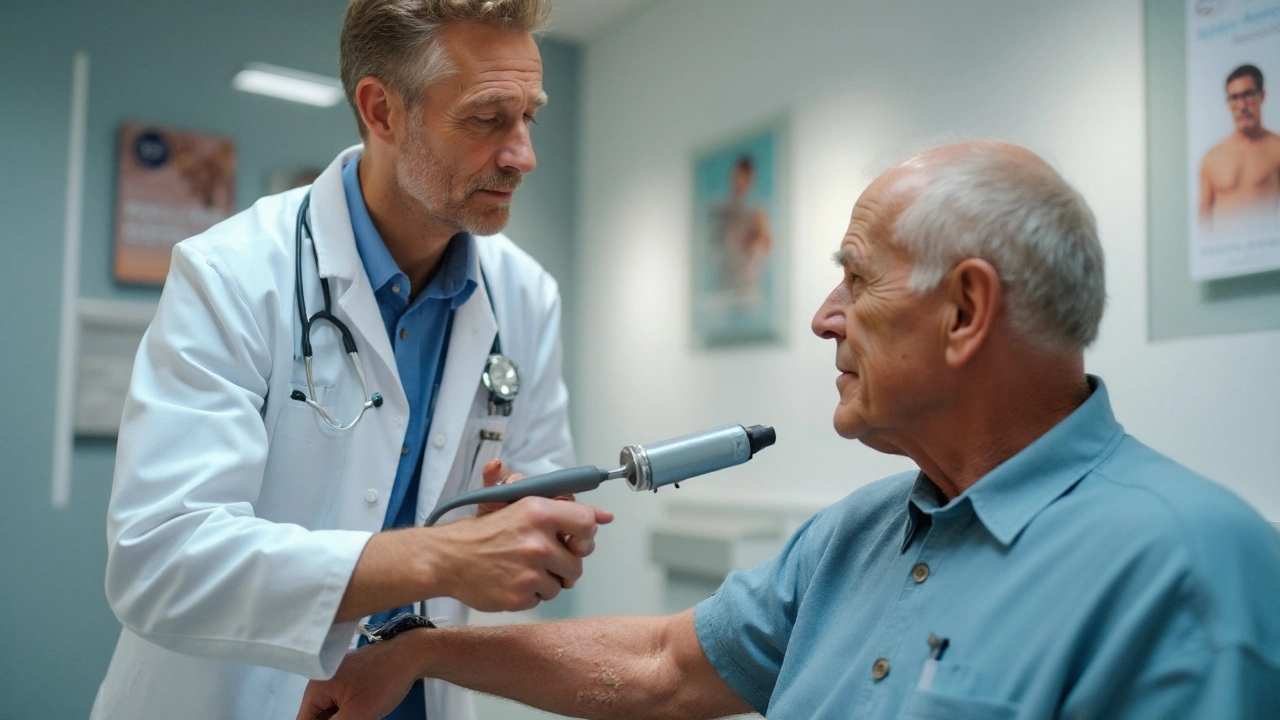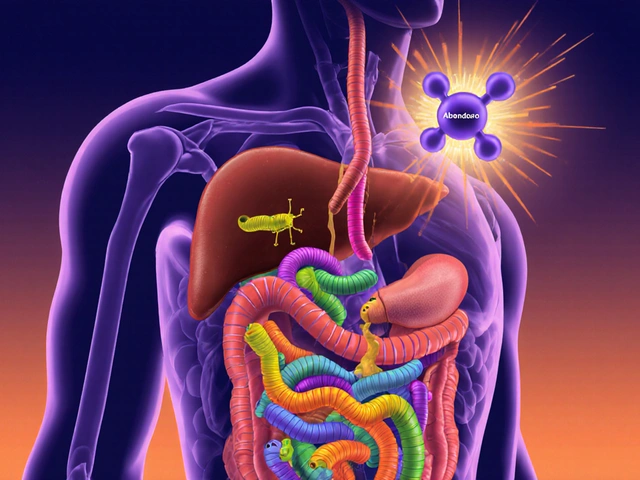Travel and Ribavirin: Tips for Managing Treatment While on the Go
March 18 2025Skin Cancer Diagnosis: Essential Guide for Early Detection
When dealing with skin cancer diagnosis, the process of identifying cancerous skin lesions through clinical evaluation and tests, you’re basically trying to catch a problem before it spreads. Also known as cutaneous cancer detection, it blends visual checks, patient history, and several medical tools. The most common forms you’ll encounter are melanoma, a fast‑growing skin cancer that often appears as a dark, irregular mole and basal cell carcinoma, the least aggressive type that usually shows up as a pearly bump. Detecting them early relies heavily on dermatoscopy, a handheld microscope that reveals hidden structures in a lesion and, when needed, a skin biopsy, a small tissue sample examined under a microscope for cancer cells. Together these methods form the backbone of accurate diagnosis, and each step informs the next decision in treatment planning.
Key Steps in Accurate Diagnosis
First, a thorough visual exam by a dermatologist sets the stage. The doctor looks for the ABCDE signs—Asymmetry, Border irregularity, Color variation, Diameter over 6 mm, and Evolving shape. If any flag pops up, the clinician may employ dermatoscopy to zoom in on pigment patterns and vascular structures. When visual clues remain ambiguous, a skin biopsy becomes the definitive test, providing a pathology report that confirms the cancer type and depth. Staging follows, using imaging or sentinel lymph‑node mapping if the tumor is thick or aggressive. Throughout this journey, patient‑reported risk factors—such as chronic sun exposure, fair skin, a history of sunburns, or a family history of melanoma—guide the intensity of follow‑up. By linking risk assessment, visual screening, dermatoscopic detail, and histopathology, skin cancer diagnosis becomes a precise, step‑by‑step process that dramatically improves outcomes.
Armed with this roadmap, you’ll find the articles below break down each element in plain language: from spotting early warning signs and choosing the right dermatologist, to understanding biopsy results and navigating treatment options. Dive in to see practical tips, real‑world examples, and the latest tools that help clinicians and patients alike stay ahead of skin cancer.
 25 Sep
25 Sep
Actinic Keratosis: How Dermoscopy Improves Diagnosis
Learn how dermoscopy helps detect Actinic Keratosis early, its link to skin cancer, risk factors, diagnostic tools, and treatment options in a clear, practical guide.
Read More...



